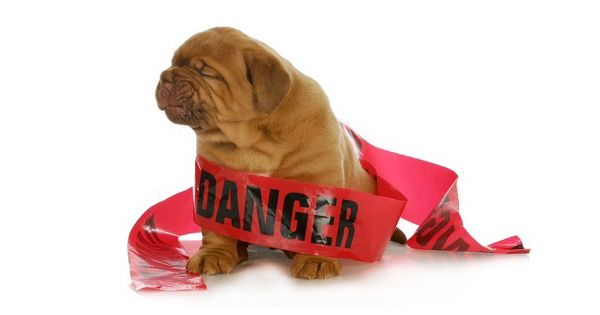We at PetPremium are celebrating National Animal Safety and Protection Month in October. In support of this, we would like to give you some tips to assist you in being a responsible pet parent and keep your pet, dog or cat, safe. Learn here how to create a pet first aid kit in case of emergency, understand how to perform CPR on your pet, effectively pet-proof your home and follow these travel safety tips for pets.
Pet Travel Safety Tips
Travelling with your dog will be much easier if you have a checklist and are prepared whether you are travelling a short or a long distance with her! Use these tips to assist you in your to-go bag! Caring for your dog when you travel :
- Empty Stomach: Travel with your dog on an empty stomach to help avoid him getting sick
- Be certain to keep water in your car: Your dog will need fresh water throughout the day so bring a bottle of water and a bowl for him to drink out of
- Keep fresh air flowing throughout the car: Fresh air will keep your dog calmer throughout the trip whether it is to the grocery store or to another state
- Remember to bring any medications your dog takes: Does your dog take any medications for a health condition such as anxiety, motion sickness or otherwise? Be certain to pack these in her to-go bag!
- Don’t forget her collar and leash: You will likely need to stop and let your dog use the bathroom. Many areas have a leash law and you don’t want your dog running off
- Bring registration and proof of vaccinations: If you are travelling a long distance or by plane, registration and proof of vaccinations may be required
Find out here what to do with your pet while travelling ?.
Doggy CPR
CPR, also known as cardiopulmonary resuscitation, is generally used when you cannot feel or hear the dog’s heart beating. If the dog stops breathing, his heart will go into cardiac arrest in will no longer beat. It is absolutely crucial to understand that this should be a last resort as it could potentially cause physical damage to your dog’s body. Follow the steps below when performing doggy CPR:
- Lay him on a flat surface with his ride side lying against the flat surface.
- Cup the palms of your hands and place on palm on the right or left side above the heart.
- Compress his chest one-third the width of her chest and count to one; then let go and count to one. You can do this up to 100 compressions in one minute.
- Breathe into his mouth once ever y five compressions.
- Continue this process until he begins breathing.
Besides CPR it is also important to know how to perform the Heimlich Maneuver on a dog.

Pet Proofing your Home
There are many tips to assist you in pet proofing your home. See the checklist below to keep your pet safe in the home.
- Place all medications, chemicals and cleaning supplies in a locked cabinet
- Keep a latch on your garbage can to avoid garbage consumption
- Keep all cosmetics placed in a high area
- Keep all soaps out of reach
- Ensure your house plants are not toxic to your pet; plants such as bird-of-paradise, lupine and daffodils are dangerous to your pet
- Antifreeze is a commonly ingested chemical as it tastes sweet; be certain this is in an area that is not available to your pet, and clean up quickly if any is spilled
- Any cords that you are not using should be put away
- Keep the lid on your toilet to avoid drowning or consumption of chemicals
Creating a Pet Emergency Kit
Every home with pets should have a pet emergency kit or a pet first aid kit in the home. You can purchase a pet first aid kit or create one yourself. Supplies which should be placed in the kit are as follows:
- Pet First Aid Book: A pet first aid book will tell you exactly how to treat various conditions you may encounter with your pet.
- Important phone numbers: You should have important phone numbers such as your family veterinarian, an emergency veterinarian and the poison control hotline in your kit. Proper identification should be included in this portion of your kit.
- Leash: You should keep a leash in your bag; you never know when this will come in handy
- Bandages: Bandages and gauze should be kept in case of emergencies; you can purchase this at your local pet store
- Ice pack: There are ice packs available that you break in case of emergencies; these can be purchased at a pet supply store or a pet supply catalog
- Adhesive tape
- Scissors
- Rectal thermometer
- Disposable gloves
- Tweezers
- Ear-cleaning solution
- Nail clippers
- Styptic powder
- Towels
Be certain to check the expiration dates on a regular basis to ensure all items are up-to-date.
Please LIKE and SHARE if you find this information useful and we wish you and your pet a happy National Animal Safety and Protection month!
Amber Johnson, Animal Behaviorist
Miss Amber Johnson has many years of experience with pets and is a licensed cat and dog nutrition and behavior specialist. She currently collaborates with PetPremium where she counsels clients in pet behavior and nutrition. The statements made in this article are the personal opinions of Miss Amber Johnson and based on independent experiences and could be different from the opinions of PetPremium Pet health Insurance or any other pet health insurance provider.

